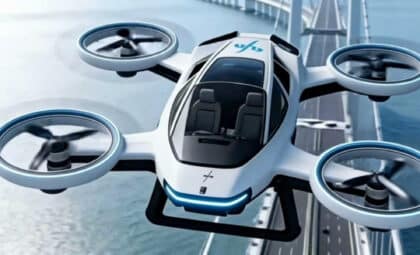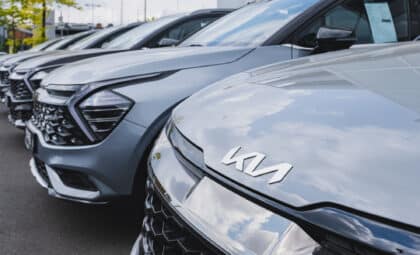GM’s autonomous vehicle subsidiary, Cruise Automation, recently debuted its first 100 percent driverless car. It’s called Cruise Origin. GM intends this model for production sometime in the future. Here’s what we know about the Origin so far.
Go Green in 2020: Tips for observing a more eco-friendly lifestyle
Mobility as we know it is being reinvented. Our zero crashes, zero emissions and zero congestion vision is not a slogan but a commitment. Through our partnership with @Cruise and @Honda, we are taking one more step toward achieving this vision with the Origin. https://t.co/6ySkoDcLIJ
— Mary Barra (@mtbarra) January 22, 2020
A progressive achievement
Up till now, Cruise has only experimented with certain models that were retrofitted with autonomous tech (think modified Chevy Bolts). The Origin marks a new trajectory for the company since its a built-from-scratch AV model.
CNET’s Antuan Goodwin describes the Origin as “a safe, spacious and city-friendly autocab.” Though Cruise has yet to release performance specs for the model, we do know that it has an electric motor and battery pack beneath the passenger compartment. We also don’t know its range or maximum speed. But considering the model’s intended use as a low-speed public transit vehicle, it’s worth focusing on the Origin’s other qualities for now.
Treat Yourself: Learn more about Chevy’s 2020 special edition Silverado models
More about the Origin
The Origin has sliding doors to prevent collisions with pedestrians or cycling when it stops to drop off and pick up passengers. Per CNET, each model can accommodate up to six passengers at most, or four passengers when the folding center armrests are in use. Photos reveal that the cabin incorporates durable plastics and types of vinyl for a minimalistic look that’s also easy to clean.
As you might expect, the Origin has a driver-less design inside, due to its AV tech. The cockpit lacks pedals, steering wheel, and a driver’s seat. It also incorporates Superhuman Sensing, a suite of sensors that rely on lidar and radar technology to detect, recognize, and track pedestrians and cyclists. The sensors also pick up important information about the vehicle’s surroundings to help it operate more accurately and safely.
Cruise intends the Origin for use in a future ride-hailing service. Per CNET, the company estimates that consumers can save as much as $5K a year by using AV cabs like Origin instead of a private vehicle.
Whitney Russell resides in Dayton, though her spirit can be found beach-bumming in Puerto Rico (the land of her half-Puerto Rican heritage). When not crafting car-related content, she can be found chasing after the most amazing toddler in the world, watching her “beaver” of a husband build amazing woodworking projects, hanging out with two crazy dogs, and visiting family and friends. She also enjoys traveling, crafting, and binge-watching period dramas when time allows. See more articles by Whitney.










